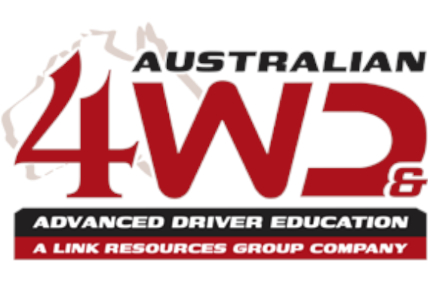….firstly, does it look good?
But aside from the cosmetics, there are functional factors to be considered….
· …what is it made of
· …what is it designed to do
· …will it protect my investment?
The type of alloy or steel used in the construction of the bar is one of the most important factors. Steel bullbars are very strong, yet heavy. So to make it light enough not to affect the vehicles handling, it may only be three mm thick. This makes an alloy bulbar more of an option as it can be made much thicker without becoming too heavy.
The alloy bullbar, whilst much lighter, is made from varying grades of tensile strength materials. In choosing a fabulous design you may be sacrificing the tensile strength. For the alloy to be pressed and moulded it needs to be soft, often the material will have a tensile strength of zero. This is not to say by any means that these products are a farce, they simply offer less resistance in an impact situation.
Save Money
Identifying what you intend to do with your vehicle during its life can save you money. Deciding whether or not you are going to buy or use a front mounted winch could mean the difference of around $100. Do you want it polished, painted, or powder coated? A polished finish is a more costly option and requires elbow grease to keep it looking good. So buying a bar can be confusing, but it is worth it in the end.
Evolution
The bull bar has evolved much the same way as the 4WD has evolved. Bull bars were fitted mostly to trucks that travelled on open unfenced roads. Due to the distances and the road surfaces the trips often took day and night. Travelling at night there was the inevitable encounter with the stray bullock, or worse still a mob, as well as kangaroos, wallaby’s, emus, sheep and pigs.
If you are 200kms from a town and a big Red Kangaroo or a bullock crosses the road into your vehicle, there will be enough damage done to the vital components of the vehicle to stop the vehicle on the spot.
The bull bar evolved from the need for protection of the vital components. A bull bar was never, and can never be, designed and built to take all the force of a bullock at 100 kph. It can however, absorb the impact, spreading out the effects of the force, so that the important engine components are not destroyed enabling the vehicle to continue.
Bulbar design
The early bull bars were made of steel and were heavy. The additional weight of the bull bar and the distance it protruded forward placed a considerable extra load on the front axle and suspension. Techniques were developed to have uprights (vertical Posts) that were joined with steel tubing.
With the advent of aluminium extrusions, aluminium alloys bars were produced for vehicles that were much smaller. Cars were able to be fitted with bull bars since the aluminium was lighter and could be as tough as steel when correct alloys were chosen.
Today with the introduction of air bags the alloy bull bar is considered the most popular with steel bars having to be made with very light material to meet the crumple and load requirements brought on by the introduction of air bags. Aluminium alloy on the other hand can be made very solid by use of heavy gauge material compared to the light gauge of the steel.
As a guide ask a few of the following questions to find out what you are really buying:
- how thick is the material?
- what is the tensile rating?
- is the bar fully welded?
- will the bar support my communication aerial?
- check the spot light position as well!
- what is the finish options i.e. polish, powder coat.
- will it take a winch?
- is the product guaranteed, and how long for?

